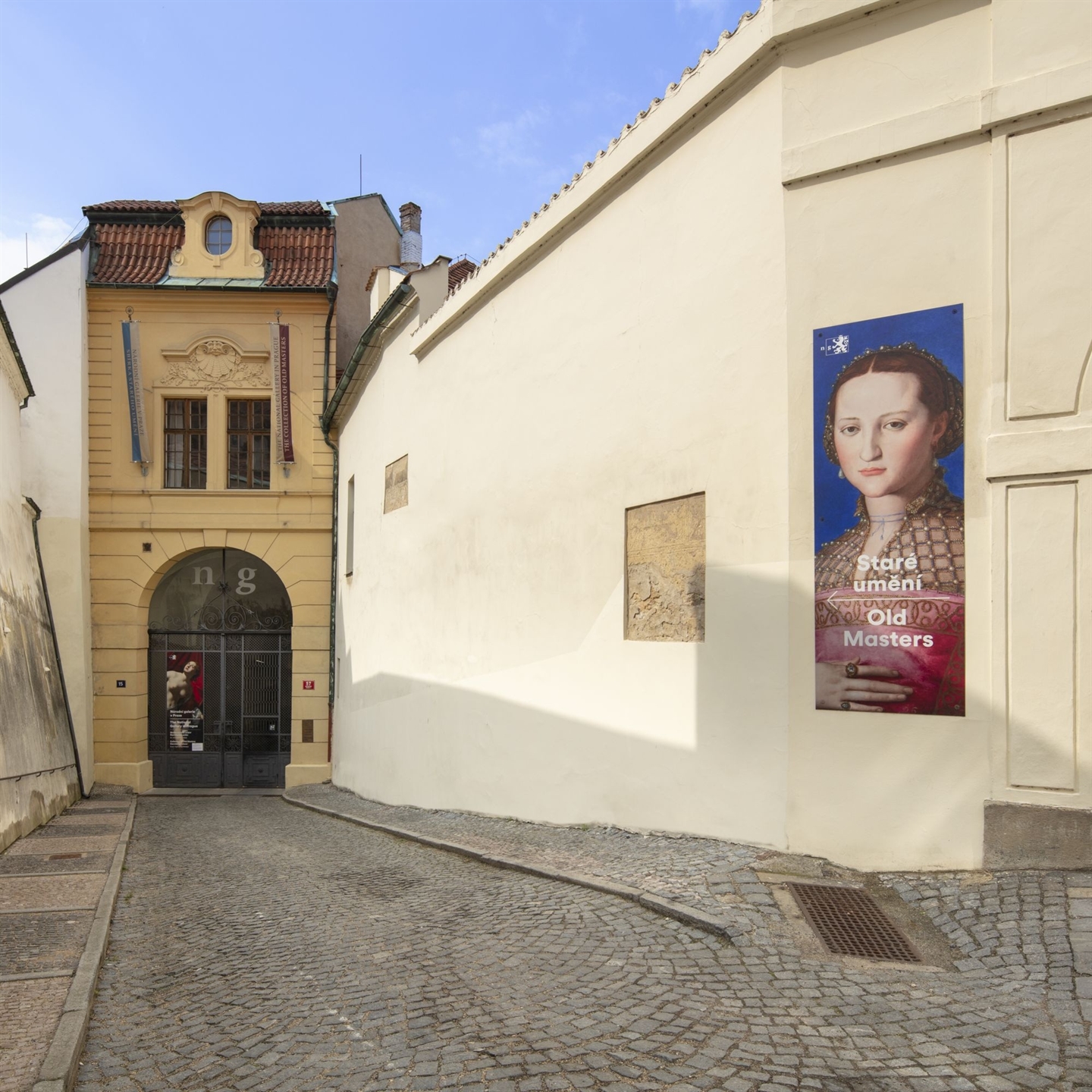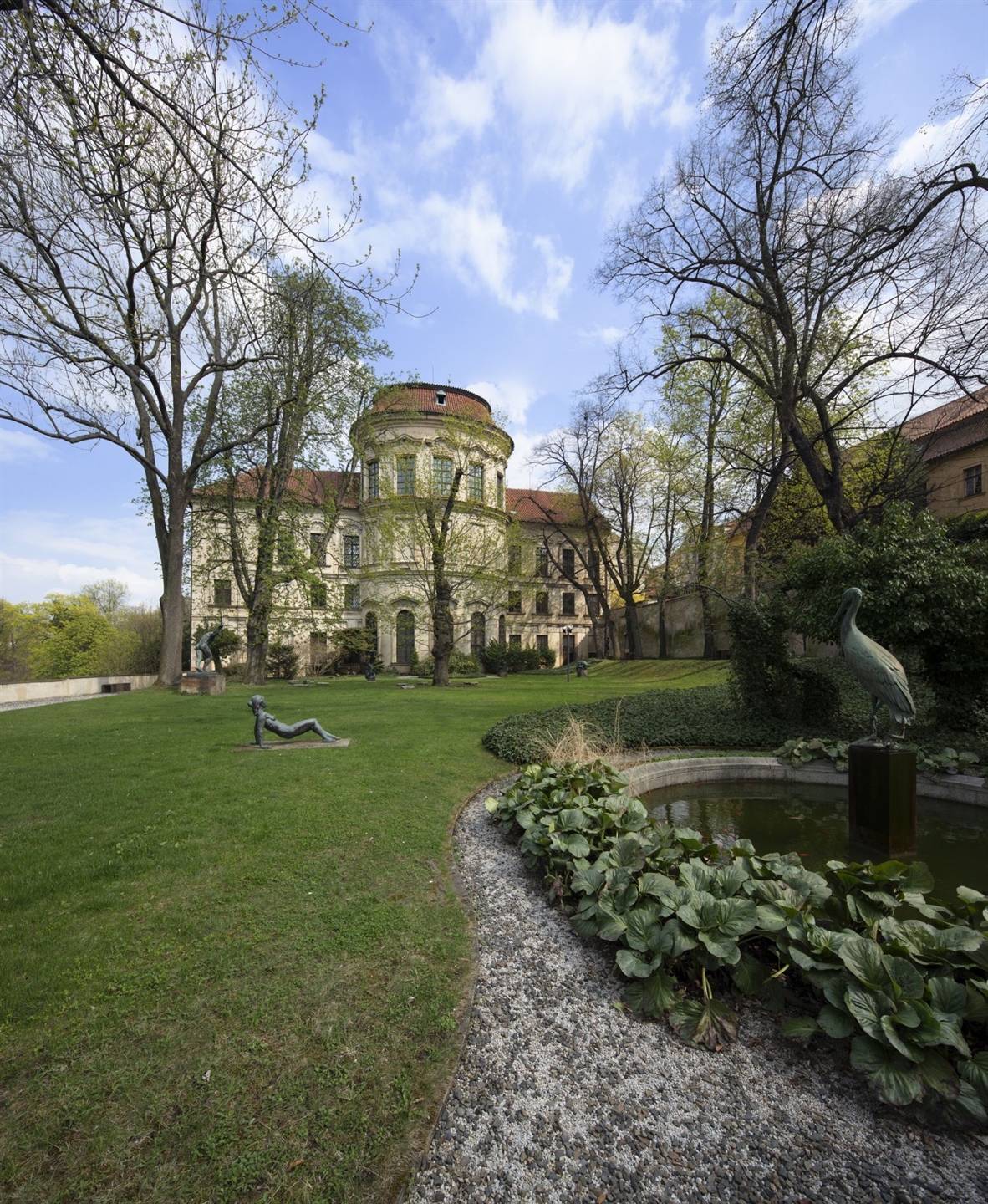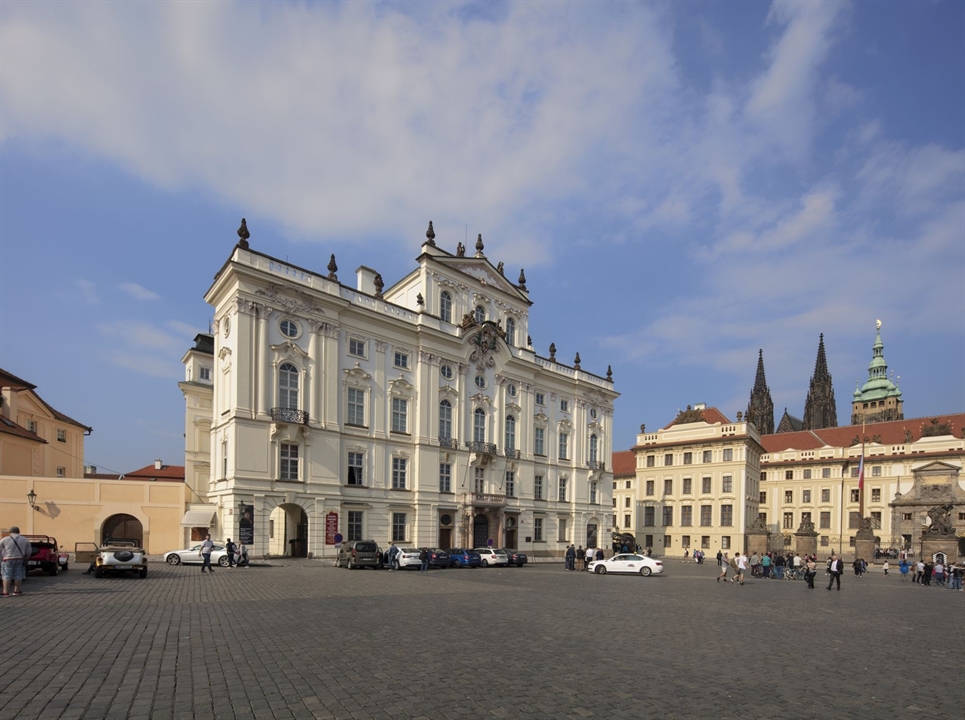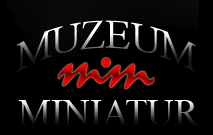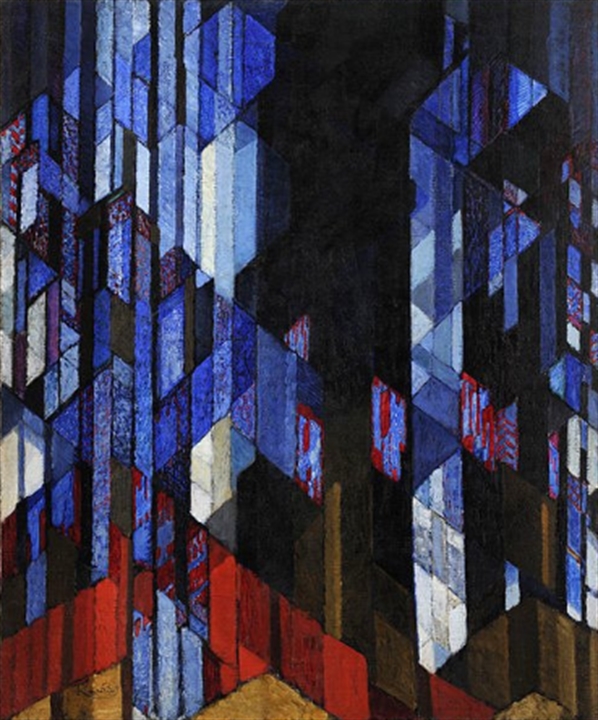Sternberg Palace - National Gallery
The National Gallery displays its wonderful collection of art dating from medieval times to the 21st century in eight unique locations, locations ranging from old renovated palaces and convents, to functionalist buildings. Each house showcases an extensive priceless permanent collection, displayed to enhance the Czech and Central European culture through beautiful visual aids. The history of the Czech National Gallery started in 1796 when a group of Czech nobles and middle class intellectuals, titled The Society of Patriotic Friends of the Arts, were determined to heighten the disintegrated appreciation of ascetics in the local community. The Society established the Academy of Fine Arts and the first public picture gallery. The first picture gallery has grown extensively and matured over centuries to become the National Gallery, which still follows the original mission of the founders, to elevate the spirit and appreciation of the nation through visual works of Art.
In front of the entrance of the majestic Prague Castle, are lovely palaces, Schwarzenberg and the Palace of the Archbishop among a few. Next to the lovely Archbishop palace is a narrow lane leading to the hidden Baroque gem, Sternberg Palace, which houses European Art from antiquity to the end of the Baroque for the National Gallery in Prague. In this tucked away, secret palace built between 1697 and 1701 for Count Wenceslas Adalbert of Sternberg, you will find an array of culture, Art and history. The Ground floor plan features a lovely cafe, the Sternberg garden with modern 20th century Czech sculptures and German and Austrian Art of the 15th through the 18th centuries. Highlights include a stunning bronze sculpture of Diana from 1776 by Jean Antoine Houdon, the painting Diana and Callisto from 1676 by Johann Spillenberger, the three paintings of Lucas Cranach Starsi the Elder (Adam and Eve 1538, The Old Fool 1530, and The Law and the Gospel 1529) and The Feast of the Rosary from 1506 by Albrecht Durer. Notice the faded pastel decorations on the ceiling vaulting. On the first floor you will be intrigued by the Art of the antiquity, Italian Art of the 14th through 16th centuries and Art of the Netherlands from the 15th and 16th centuries; some highlights include the gorgeous Portrait of a Girl from 4th century AD Egypt, the paintings Eleonora of Toledo from 1572 by Agnolo Bronzino and Venus Dressing Cupid by Anthonie Blocklandt Van Monfoort. The first floor also showcases beautifully decorated ceilings, although the vivid vibrancy is still showing unlike the ground floors faded glory. The second floor features Italian, Spanish, Flemish and Dutch Art of the 16th through 18th Centuries and French Art of the 17th through 18th centuries. This is the largest floor of the museum and offers the famous Praying Christ from 1595-97 by El Greco, the Portrait of Don Miguel De Lardizabal from 1815 by Francisco Goya, a wonderful oval room filled with many paintings by Peter Paul Reubens and Van Dyck, various works by Jan I Brueghel and Pieter II Brueghel, The Chinese Cabinet and many other delights. A small side room features the Cabinet of Doctor Josef Edward Hoser, personal doctor of Archduke Charles of Austria. These miniature paintings by the famous Prague painter Norbert Grund along with Michele Rosa and Franz Sigrist will surely please. Sternberg Palace is full of masterpieces and is the perfect place to spend a rainy afternoon in Prague.
Hradčanské náměstí 15, Praha 1 – Hradčany, +420 233 090 570, www.ngprague.cz

